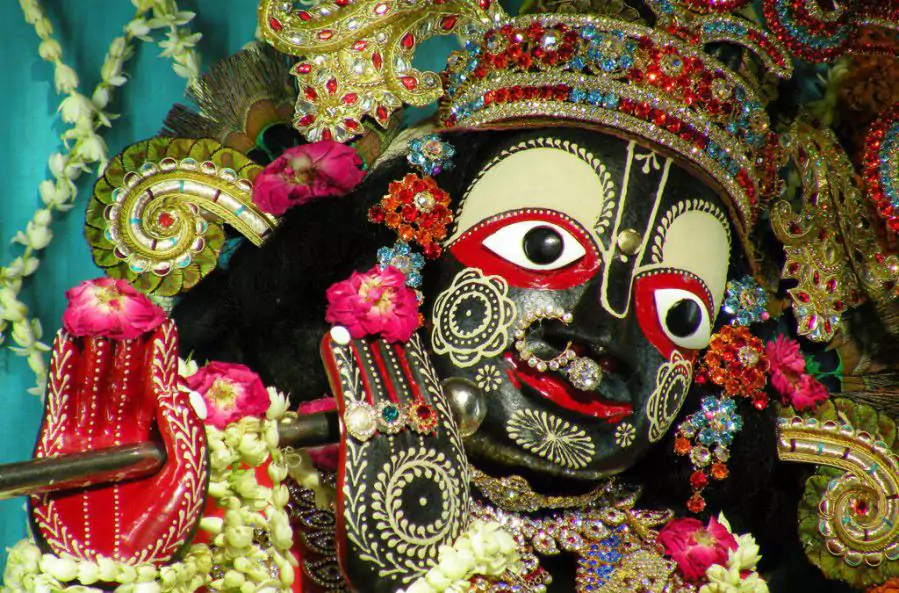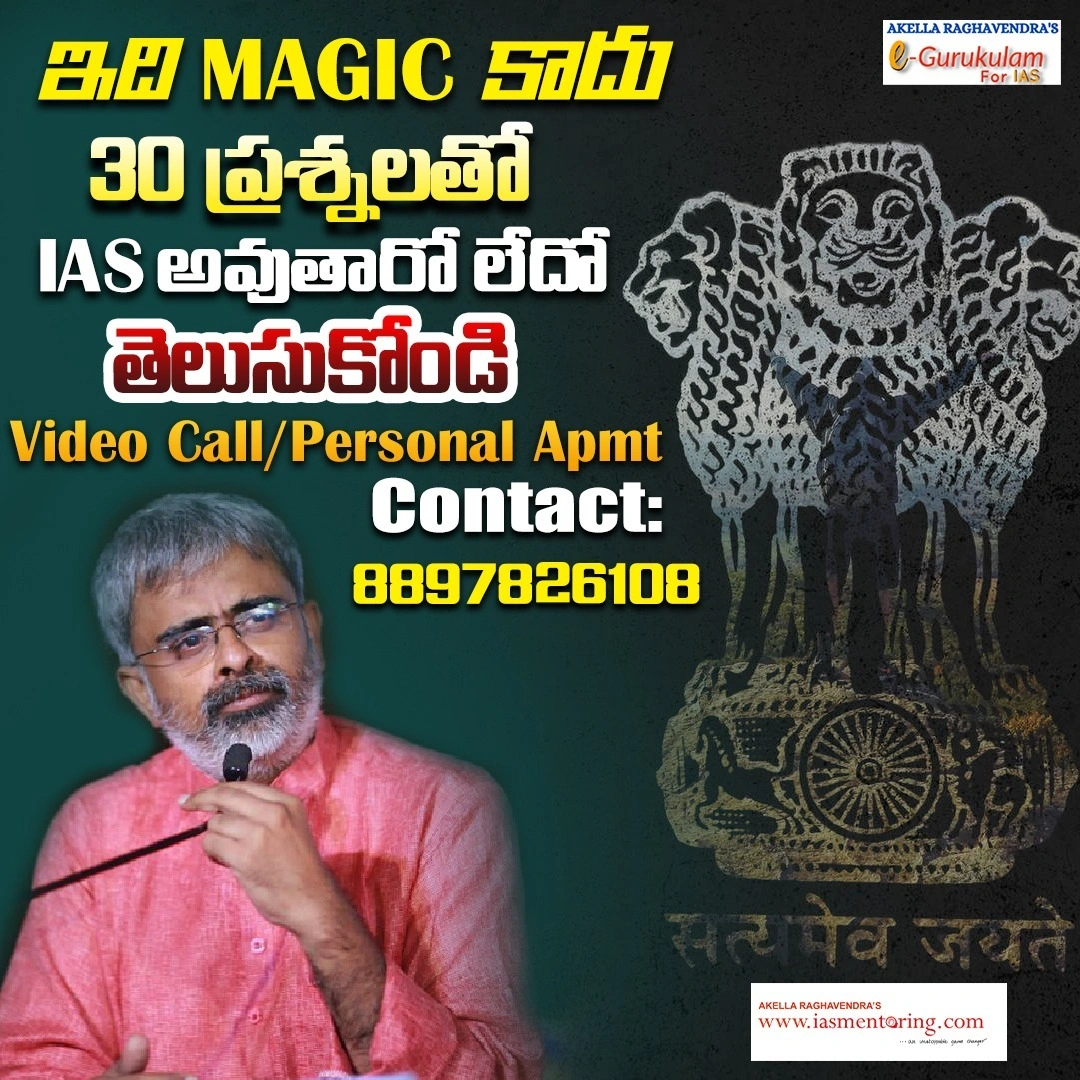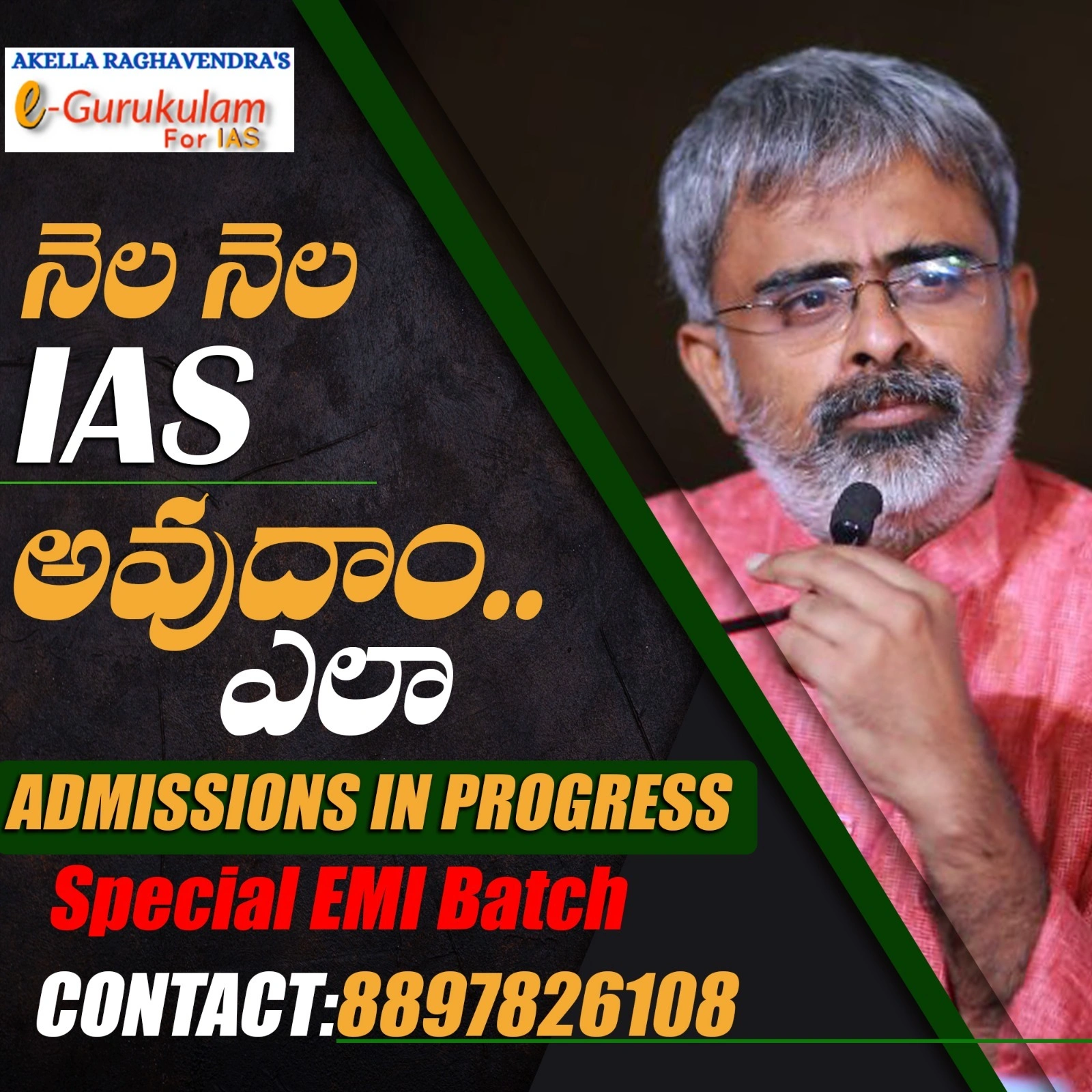The Tale of Three Idols Of Krishna
According to historical and mythological traditions, the idols were originally created by Vajranabh, the great-grandson of Lord Krishna. Vajranabh undertook the task of crafting these idols based on the visual memory and guidance of Krishna’s daughter-in-law, who had seen the Lord in person.
- The first idol, once sculpted, was said to resemble Lord Krishna’s feet and legs.
- The second idol was identified to have the chest and arms resembling the Lord.
- The third idol perfectly matched Krishna’s face, prompting the grandmother to cover her eyes out of reverence, declaring that the idol resembled Krishna's divine beauty.
These idols are:
- Govind Devji (Jaipur) – representing Krishna’s face and eyes.
- Gopinathji (Jaipur) – representing Krishna’s chest and arms.
- Madan Mohanji (Karauli) – representing Krishna’s feet.
The Vrindavan Connection and Early Displacement
Originally, all three idols were installed in Vrindavan, a town synonymous with the childhood of Krishna. However, the region’s turbulent history led to multiple invasions and the eventual hiding of the idols.
- After the rule of Vajranabh, the Yaksha community invaded Mathura Mandal and its surrounding provinces.
- Fearing desecration, the priests buried the idols underground to protect them.
- Later, during the Gupta period, a Vaishnav ruler named Nripati Param rediscovered the idols and had them installed in grand temples.
Invasions and Rediscovery during the Bhakti Era
During the 10th century, with the rise of Mahmud of Ghazni and other invading forces, the idols were once again buried to shield them from desecration. Over time, their locations were forgotten due to the decline of temple culture under Muslim rule.
The idols were rediscovered in the 16th century, during the Bhakti movement, under the influence of Chaitanya Mahaprabhu, a key Vaishnavite reformer. He dispatched two of his prominent disciples—Roop Goswami and Sanatan Goswami—to Vrindavan.
- These Goswamis located the idols by divine signs and reinstalled them with rituals, initially in simple huts.
- Later, Raja Mansingh, the Rajput general under Mughal Emperor Akbar, supported the worship and had grand temples built, notably a Saptkhandi red sandstone temple in Vrindavan in 1590.
Aurangzeb’s Orders and Migration to Rajasthan
- The idols again faced threats during the reign of Aurangzeb, who ordered the destruction of temples in Braj (Brajbhoomi).
- Shivram Goswami, a prominent priest, fled with the idol of Govind Devji along with the idol of Radharani and other deities.
- These idols were safeguarded in forests and temporarily shifted to Kamaan in Bharatpur under the protection of Ram Singh, son of Mirza Raja Jai Singh of Amer.

Final Installation in Jaipur and Karauli
Once political conditions stabilized, the idols were brought to Jaipur and Karauli for permanent installati
Govind Devji in Jaipur
- Sawai Jai Singh II, founder of Jaipur, installed the idol in the Surya Mahal of Jaynivas Udyan, close to the Chandra Mahal (City Palace).
- Govind Devji was not only revered as a deity but also treated as a state authority. Orders issued by the Jaipur state were symbolically "signed" by the deity, and these signatures can still be seen in Kapatdwara, a historic administrative archive.
- Govind Devji was regarded as the Diwan (Prime Minister) of Jaipur state.
Gopinathji in Jaipur
- The idol of Gopinathji was brought under the protection of Shekhawati chieftains.
- Installed in another temple in Jaipur, Gopinathji was part of the daily ritual darshans – particularly the Shringar Darshan (decorative form).
Madan Mohanji in Karauli
- Initially brought to Jaipur for protection, the idol of Madan Mohanji was later taken to Karauli as part of a royal marriage alliance.
- The daughter of the Jaipur king, after marriage into the Karauli royal family, took the idol with her.
- The idol now resides in the Raj Bhavan (Royal Palace) of Karauli and is venerated by thousands.
Religious Practice and Ritual Significance
- Devotees believe that darshan of all three idols in a single day (from sunrise to sunset) ensures spiritual fulfillment and the granting of wishes.
- A special pilgrimage is undertaken by some devotees from Pratipada to
Ashtami during Bhadrapada month.
- Mangala Darshan: At Govind Devji temple (morning).
- Shringar Darshan: At Gopinathji temple (afternoon).
- Shayan Darshan: At Madan Mohan temple (evening).
Cultural and Administrative Significance
- The journey of these idols from Vrindavan to Rajasthan highlights the interplay between faith, culture, politics, and art in Indian history.
- The example of Govind Devji being treated as a state figure reflects the fusion of religion and governance in medieval Indian polity.
- The survival of these idols through multiple invasions symbolizes the resilience of Bhakti traditions.
The story of the three Krishna idols in Jaipur and Karauli is more than a religious narrative—it is a tale of heritage preservation, devotional resilience, royal patronage, and cultural continuity. These idols not only represent Lord Krishna’s divine form in parts but also serve as a testament to India's spiritual history and the lengths to which followers went to protect their sacred icons. Their journey from Vrindavan to Rajasthan also reflects the broader themes of cultural displacement, religious reform, and revivalism which are crucial to understanding India’s past and present.













